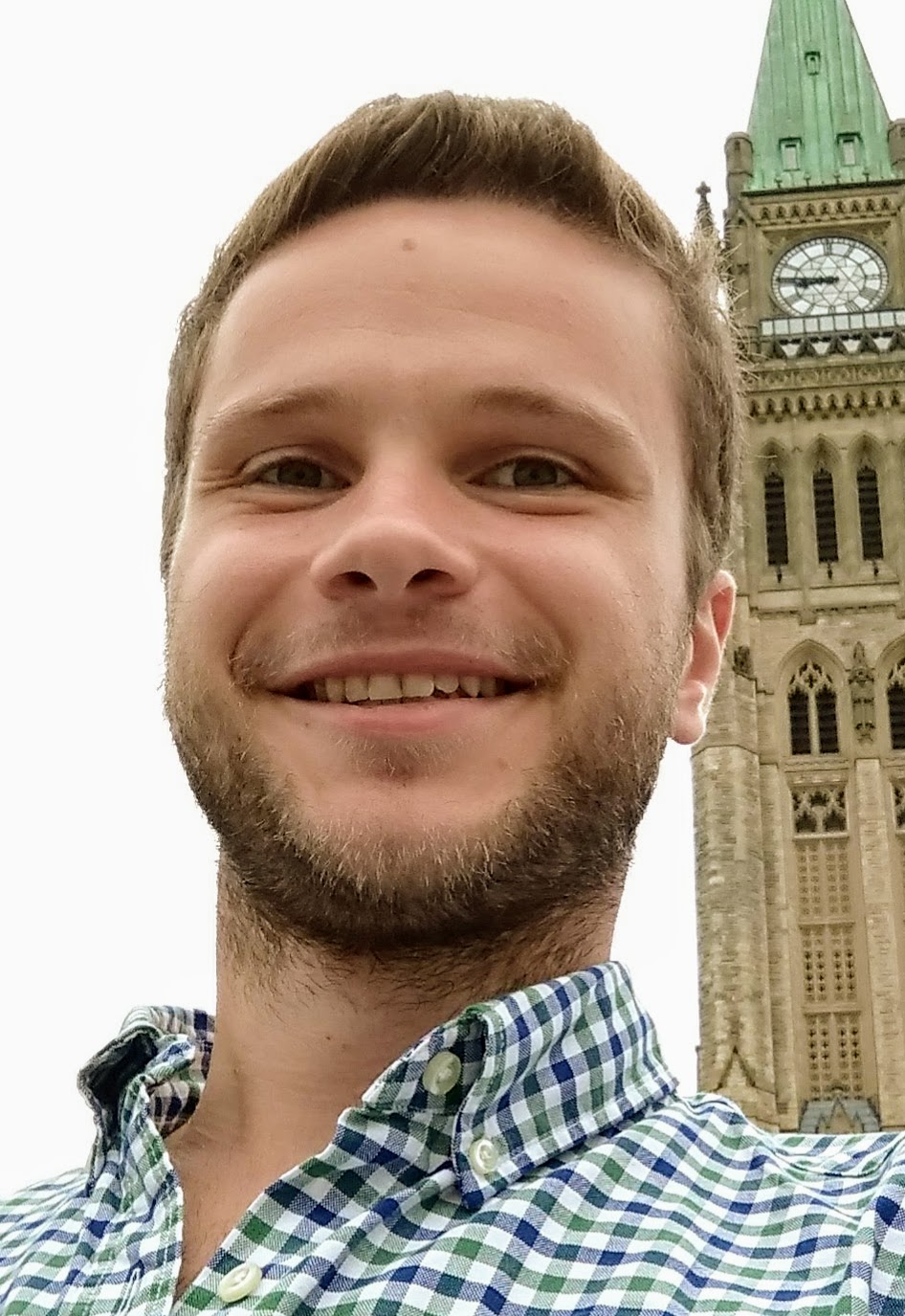Crowded Scene Training/Inference and Useful Tricks
Published:
Now that we have defined the entire model, we can start training the neural network. The idea of each step is to take one batch and predict the next position for each of the agents and positions. The result is then compared to the target values through the associated loss function we defined earlier.
